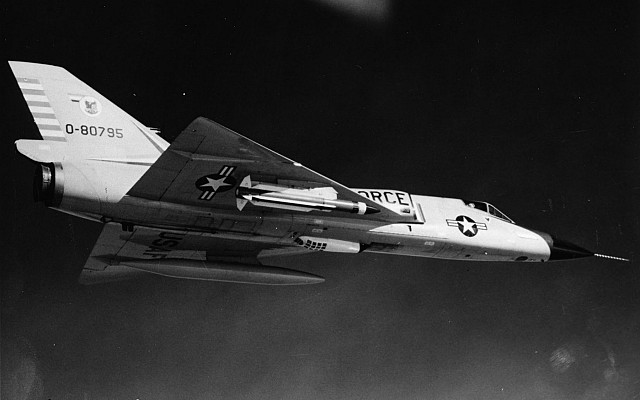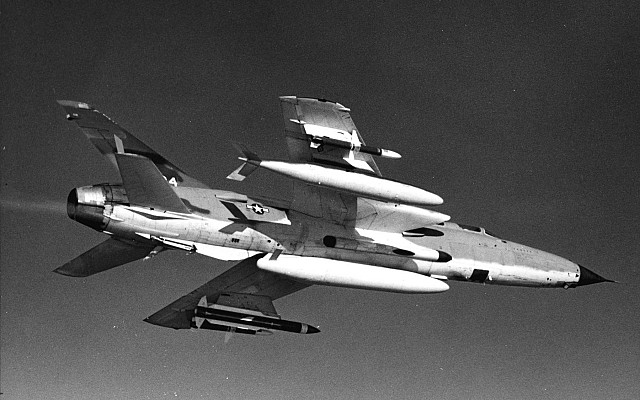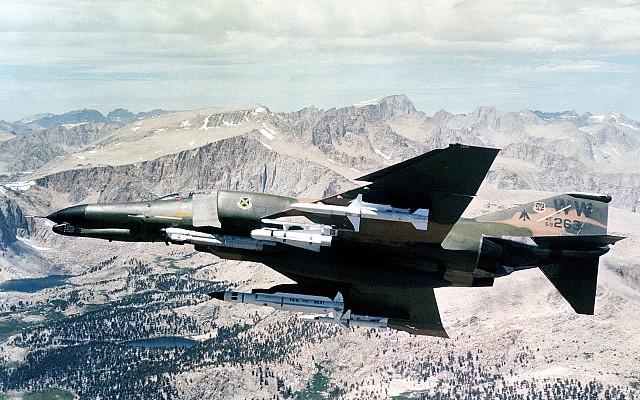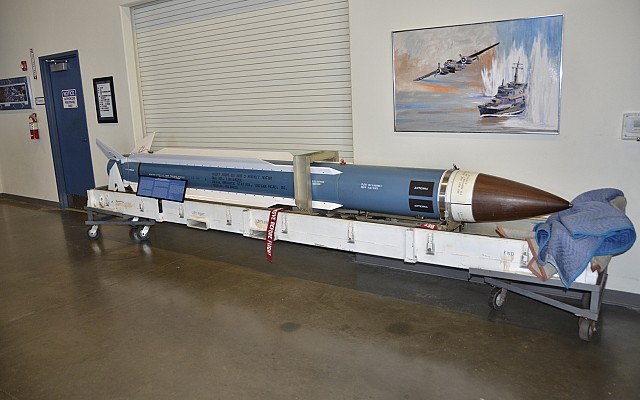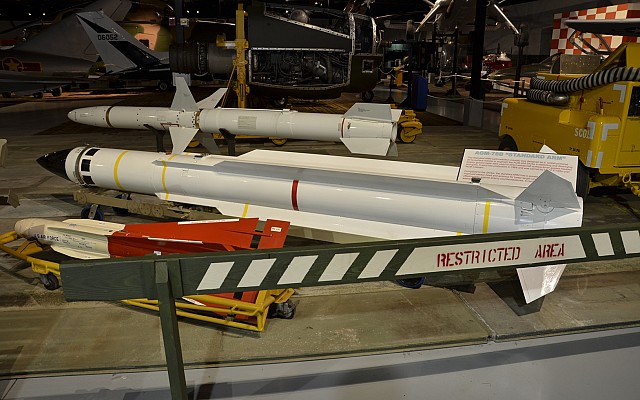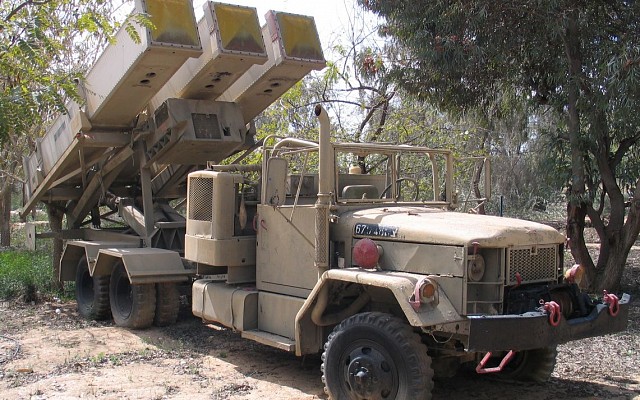AGM-78 Standard ARM
Overview
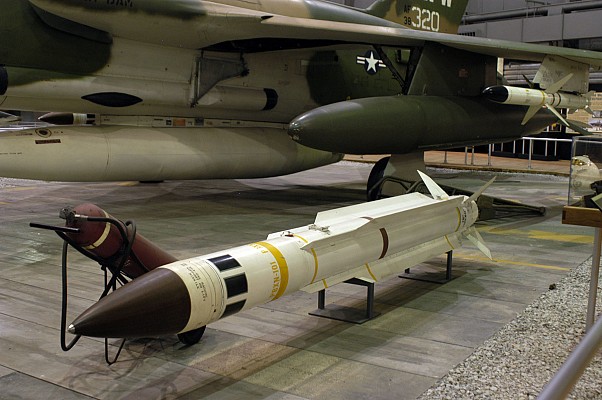
AGM-78 Standard ARM
An AGM-78 Standard ARM on display alongside a F-4G Wild Weasel at the National Museum of the U.S. Air Force in 2009.
Source: US Air Force -
© Public domain
Reportedly over 3.000
Israel
Description
Introduction
The AGM-78 Standard ARM is a mid Cold War era anti-radiation missile of US origin. The AMG-78 was developed on behalf of the US Navy as a longer range alternative to the AGM-45 Shrike. It was the first American anti-radiation missile to feature a flexible seeker head. The AGM-78 proved successful, but was also deemed very expensive, heavy and had a rathe low flight speed. The AGM-88 HARM was subsequently developed to remedy all these drawbacks while retaining flexibility and range.
Design
The Standard ARM uses the missile body and rocket motor of the SM-1MR naval surface to air missile. The seeker head is replaced by a passive radar seeker and a blast fragmentation warhead is fitted. Over time the design was improved with more reliable electronics, target identification smoke markers, an improved rocket motor and improved warhead. The large body provides a much longer effective range, but comes at the cost of high weight and production cost.
Guidance
The AGM-78A was introduced with the seeker head of the AGM-45 Shrike as an interim solution. This was quickly replaced by the Maxson broadband seeker, which is also gimballed. This provides flexibility to engage a wide range of radar systems without the need to physically change seeker heads. Furthermore, the gimballed seeker does not require the launch aircraft to continuously fly towards the enemy air defenses when plotting a firing solution. AGM-78 introduced two novel features. The first was that it would fly towards the last known location of an emitter in case it stopped emitting. Earlier missiles were easily defeated by briefly turning a radar system off. The second novel feature is the ability to reconfigure the target bandwidth in flight based on in flight detection of radar emissions using the AN/APS-118 system.
Firepower
The effective flight speed and range differ significantly per source. Most common are a maximum theoretical range of 90 km and a practical range of 55 km. Both are significantly beyond the maximum and practical ranges of the AGM-45 Shrike. The 100 kg blast fragmentation warhead has a larger lethal radius than the 66 kg warhead of the AGM-45.
Platforms
The AGM-78 was carried by the US Air Force EF-105F and F-105G Thunderchief and F-4G Phantom II in the Wild Weasel role. In the US Navy the A-6B and A-6E Intruder was armed with the AGM-78. There are several photos of F-106A Delta Dart with AGM-78, possibly only for testing purposes of the later cancelled XAIM-97 Seekbat. A unique application is the Israeli Keres ground based truck mounted launcher. These have been used to loft the Standard ARM in a high angle towards enemy SAM sites.
Users
The primary user of the AGM-78 Standard ARM was the United States. Both the US Air Force and the US Navy operated the AGM-78. About 300 missiles were exported to Israel and used on aircraft and the Keres truck mounted launcher. Often reported sales to South Korea do not concern the AGM-78, but the very similar RGM-66 surface launched anti-ship missile.
Variants
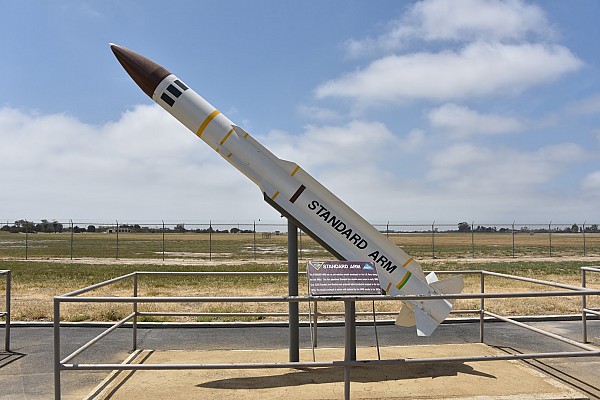
AGM-78 Standard ARM
An AGM-78 Standard ARM on display at the Point Magu Missile Park, California.
Source: www.marvellouswings.com -
© Copyright lies with original owner
List of Standard ARM variants
Details
Media
Related articles
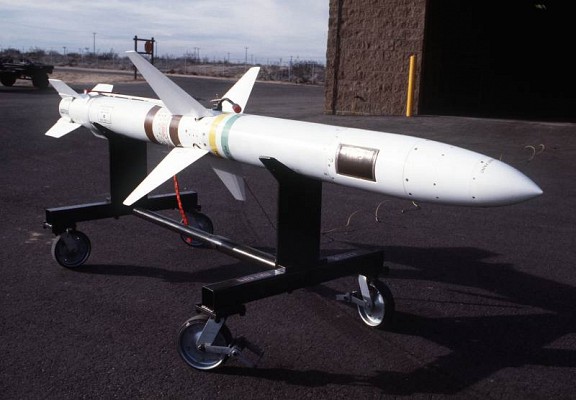
AGM-45 Shrike
The Standard ARM was developed as a more flexible, longer range and more lethal alternative to the earlier AGM-45 Shrike.
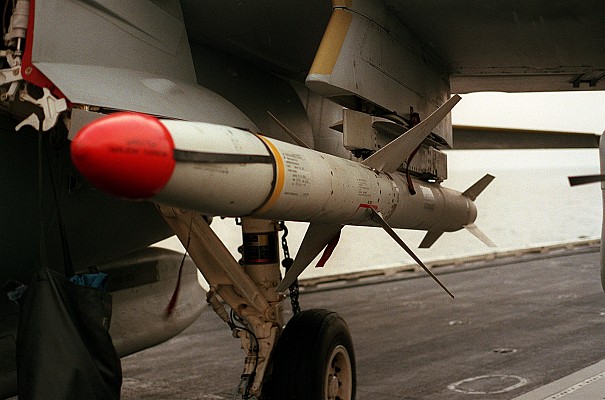
AGM-88 HARM
The AGM-88 is a dedicated ARM design that replaced the AGM-78 Standard ARM.
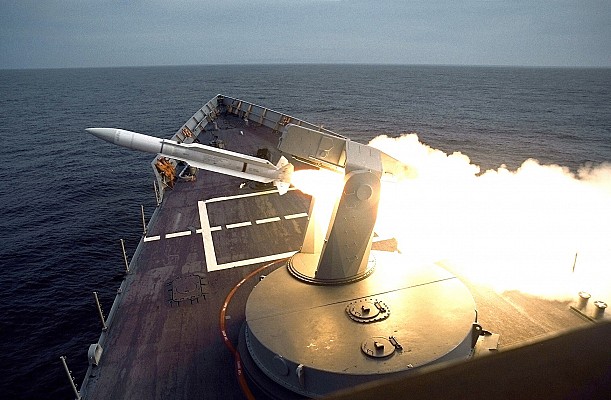
RIM-66 Standard SM-1MR
The AGM-78 Standard ARM was derived from the original RIM-66A Standard SM-1MR surface to air missile with the older and lower weight Mk 27 rocket motor.
